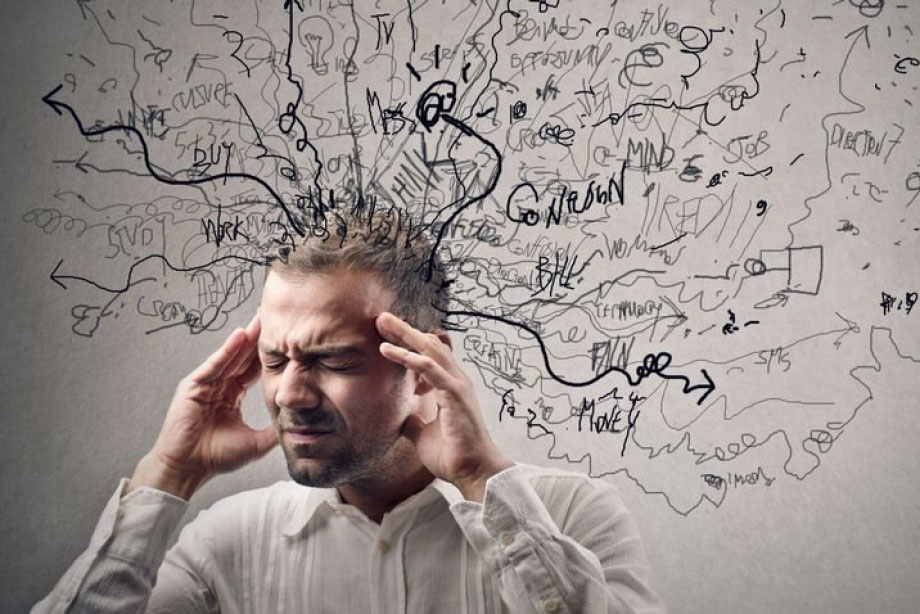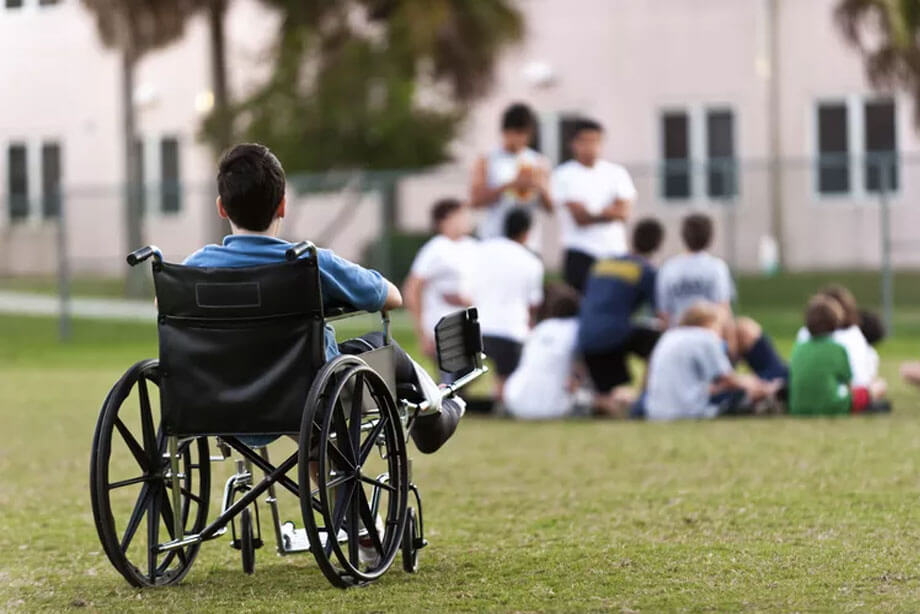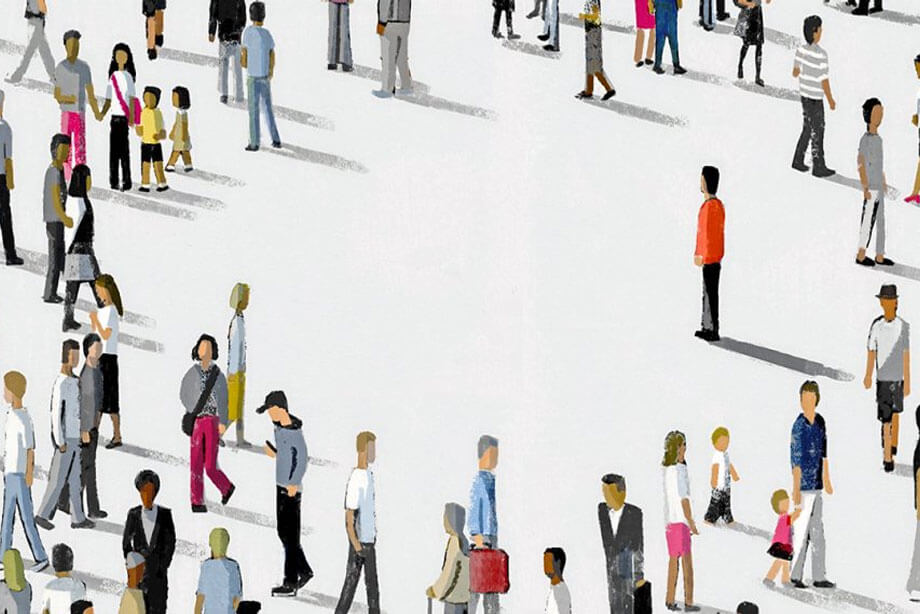Epilepsy Treatment In Chennai - EPILEPSY IS MORE THAN SEIZURES
International Epilepsy Day falls on the second Monday in February. This day was selected by the International League against Epilepsy and declared as a worldwide opportunity to educate professionals and the public about epilepsy treatment and its various aspects.
This year we celebrated it on the 8th of February with a virtual public awareness and a physician education program on the year’s theme “ Epilepsy is more than seizures “
A seizure is a single occurrence of jerky movements of the limbs and other features of a convulsion often provoked by some trigger and does not require long term treatment with drugs.
Epilepsy, however, is defined as two or more than two unprovoked seizures occurring in an individual and often proceeding to become more chronic and recurrent. Antiepileptic drugs, diet or surgery are needed to control the seizures.
Epilepsy is a disorder of the nervous system in which abnormal electrical brain discharges cause seizures, periods of unawareness or unusual behaviour. This sudden burst of intense electrical activity causes a temporary disruption in brain function.
More than 50 million people worldwide have epilepsy and the cause may be genetic, structural, biochemical, infective or due to vascular causes.
Anyone is at risk of getting epilepsy treatment as it can occur at any age, any time irrespective of race, geography or economic status.
It is important to appreciate that many individuals world over but maximally in the lower-income areas and the rural areas of countries do not come for treatment. This is called a treatment gap and the neurological community in every country is constantly attempting to reduce this gap. Though treatment with drugs does not cure epilepsy it controls seizures and this protects against ongoing brain damage and conversion of epilepsy to a resistant to treat epilepsy.
Early treatment is to be encouraged as more than 60% of people with epilepsy respond to the first drug used to treat them.
Addition of a 2nd, 3rd or 4th drug only gives a limited additional response.
The course of action after a first seizure, therefore, is to see the General Practitioner who will evaluate the individual and then refer to a neurologist who will confirm epilepsy and start treatment. The individual is then monitored over many months for a response, side effects and outcome of treatment together with instituting lifestyle changes to avoid triggers of seizures – like sleep deprivation, skipping meals, poor drug compliance, overuse of technology, physical and emotional stress and high ambient temperature.
If seizures are not controlled in time they add to the burden of social embarrassment, social discrimination, stigmatization, falling in public etc which demoralizes the individual and creates a negative perspective of life with the deterioration of quality of life and disturbances of affect and mood.
When a person is diagnosed with epilepsy it is important to understand what it is he/she is expecting from others around them. They want us to understand their need to be able to talk about their epilepsy, appreciate their desire to be supported and helped when they have a seizure and to be able to do this without fear of judgement or exclusion.
- It is crucial to know for everyone what to do when they see someone having a seizure as it is a common condition and one never knows when they may witness someone having a seizure.
- Thrusting smelly shoes, or onions or giving a metal object in the hand does not stop a seizure.
- When witnessing a seizure it is important to remain calm
- Avoid crowding and clear the space around the person
- Loosen tight clothing and remove any objects from the hands
- Cushion the head
- Turn the person to the side ( recovery position )
- Do not hold down the thrashing limbs
- Do not put anything in the mouth, especially liquids
- Do not attempt to bring the person around as most seizures stop in 1-3 minutes
- Do not give anything to eat or drink till the person is completely alert
- Call for medical assistance if many seizures occur in a cluster or the seizure lasts more than 5 minutes
What are some of the burdens of epilepsy beyond seizures
- Low confidence
- Memory loss
- Discrimination
- Side effects of medication
- Social isolation
- Fear of going out
- Risk of injury
- Poor self-esteem
- Prejudice
The impact of a diagnosis of epilepsy on an individual includes in addition to the disease state and effect of medications, the following psychosocial difficulties.
- Fear of seizures
- Perceived stigma and discrimination
- Difficulty to adjust to epilepsy
- Loss of locus of control
- Changes in life events because of epilepsy
- Lack of social support
- Changes in socioeconomic status due to difficulties in education and employment
- The home environment
Beran RG Epilepsia 1999;40 (suppl 8) 40-43 Fisher RS et al Epilepsy Res 2000; 41:39-51
The impact of epilepsy on adults showed that
- 53% reported restrictions in activities of daily living
- 46% reported difficulties in concentration and memory
- 39% reported concern over having children
- 36% reported impaired ability to drive
- 28% reported difficulties in relationships with spouses and partners
- 21% reported sexual difficulties
- 16% reported discrimination at work
It is obvious therefore that a diagnosis of epilepsy produces many disturbances in the person’s life not just from the seizure itself or its treatment, but due to the other far-reaching difficulties which accompany such a diagnosis.

MEMORY LOSS
- Recurrent seizures can cause ongoing brain damage and memory loss
- Many of the antiepileptic drugs have a sedative effect and can also cause some wooziness and memory lapses
- However modern antiepileptic drugs are much better than the older drugs and can enable a reasonable degree of alertness
- Most patients can have a good quality of life and function independently and efficiently if the appropriate drug for the type of seizure is given in the optimal dose for seizure control
- Combined with adherence to lifestyle measures this difficulty can be managed to enable education and employment.

RISK OF INJURY
- Even though the treatment of epilepsy is not a cure, it is important to control seizures to prevent injury and recurring complications
- People with epilepsy should be cautious near water as a seizure occurring in even a little water can cause cessation of breathing and endanger life
- People with epilepsy are at risk if they are at heights – leaning over a verandah wall/ working on a ladder/ climbing for leisure/ some carnival rides / are all best avoided
- People with epilepsy should also take care near an open flame as there is a risk of burns if during a seizure the person touches or fall over the flame

LOW CONFIDENCE AND LOW SELF ESTEEM
- Many people with epilepsy are diffident and have low self-esteem
- The fear of a sudden seizure at any time is a hidden handicap they face at all times
- Besides, many of them feel embarrassed about the problem and hide it. This increases the fear of a seizure in case others get to know about it.
- Others deny their problem and hence never adapt to it.
- It is important to accept one has an issue, understand it with the help of caregivers, friends and the doctor, and take responsibility to do all that is necessary to improve the situation
- This gives a sense of control and improves confidence

PREJUDICE AND DISCRIMINATION
- When diagnosed with any illness, it is crucial to be aware that care caters not just to the physical well being of the individual, but takes into consideration the social well being, economic status, neuropsychological well being and the emotional well being of the individual. One does not exist without the other as difficulties in one or more of these areas will impair the overall quality of life increasing the disability. Stigma, prejudice and discrimination impact the emotional and social well being and are often seen in populations of people with epilepsy.
- Epilepsy stigma is a real and global fact, it has a negative effect with psychosocial implications, seen in all cultures, it is a dynamic process – the patient has fear of being different, perceptions are always negative.
- Assessing stigma – do we know it when we see it?
- Defining stigma – “to tell or not to tell, to let on or not let on, to be or not to be, in each case to whom, how, when and where” Goffman

Felt vs Enacted stigma
- Felt stigma – fear of being discriminated against
- Enacted stigma – actual acts of discrimination
- The best solution to minimize stigma is to educate Teachers/Police/healthcare workers/clerics. They are a good group to work with patients and family

SOCIAL ISOLATION
- Discrimination and Prejudice and Stigma can lead to social isolation
- Poor self-esteem, reduced self-confidence can also lead to self-imposed social isolation
- People with epilepsy have to be educated about the facts of epilepsy and the need to attempt to lead as normal a life as possible with some limitations
- The role of family, caregivers and friends in enabling this is priceless.
- When the environment is conducive to accepting the person with epilepsy as capable and efficient, with some limitations his/her confidence to be part of the community is boosted

DISCRIMINATION AT WORK
- Unemployment rates for people with epilepsy are double that of those without a disability.
- Most employers even if they know the facts about epilepsy are afraid to take responsibility for what might happen if the person has a seizure at work.
- It is the duty of all caretakers of people with epilepsy, family, friends, health care professionals, etc to educate employers about the real facts of the disorder and dispel myths and ignorance.

INABILITY TO DRIVE
- In young adults with epilepsy, the inability to drive impairs their quality of life concerning education, leisure and employmentc
- It is very important, people with epilepsy to understand the risk involved in driving or working with moving machinery
- The legal allowance to be granted a driving license in most countries for people with epilepsy is one-year seizure-free on medication
- If AEDs are being stopped or dose reduced for any reason the license must be surrendered. There should be no seizures for one year without medication to renew the license again.

SIDE EFFECTS OF MEDICATIONS
- This is an unfortunate unavoidable issue especially when the person with epilepsy requires polytherapy for adequate seizure control
- However, the newer AEDs of similar efficacy have fewer limiting side effects and have transformed the treatment scenario
- Newer AEDs are more expensive and not freely available in some regions
- AEDs have to also be monitored and appropriately chosen depending on whether the person with epilepsy is male or female, age of the individual, and existing comorbidities

FEAR OF GOING OUT
- This fear is more often than not induced by overprotection by family and friends
- Going out alone or travelling alone or living alone may not be practical, most people with epilepsy can do so with a companion
- Caution should be exercised if the person with epilepsy is sitting on the pillion of a two-wheeler as they can fall if they have a seizure
- Caution at heights and near water bodies also has to be taken
- Avoiding excessive physical exertion especially with exposure to too much sun as in heavy trekking is not advisable.
- Travelling to high mountains with the scarcity of oxygen is also not advisable.
- The theme of “ Epilepsy is more than seizures “ chosen for International Epilepsy Day 2021 is indeed significant and offers a hand of hope to people with epilepsy by bringing attention to the fact that they need to “ LIVE A FULL LIFE, WITH EVERYONE, LIKE EVERYONE despite EPILEPSY “
